- Bernard Preston homepage
- Yellows
- Chaote Squash
Chaote squash
Chaote squash can provide a mountain of food for hungry bellies; it is relatively high in protein and especially vitamin C. In South Africa it's known as the susu; also as choko in other parts of the world.
Most of us have been put off one food or another simply because of a bad
experience in childhood. That may be because it was long passed its
sell-by date in the shop or had been reaped when it was already too
old; or was badly cooked.
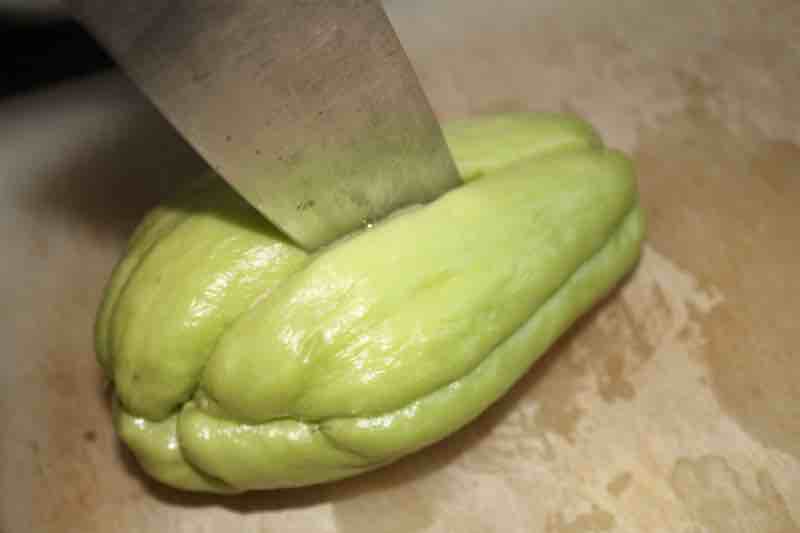
That was my experience with two pet hates; broad beans and susus. In both cases it was a bad mistake. I never touched them again for half a century.
Last year friends gave us two susus that were sprouting, one prickly, the other smooth. Despite my protestations the good wife planted them; they grew prolifically and we’ve been eating them for a month or more. What a surprise, reaped when young and cooked properly this is a delicious, nutritious food that should be grown in every garden.
Each vine produces an abundance, at a guess at least 100 fruit over a period of say three or four months.
Chaote squash
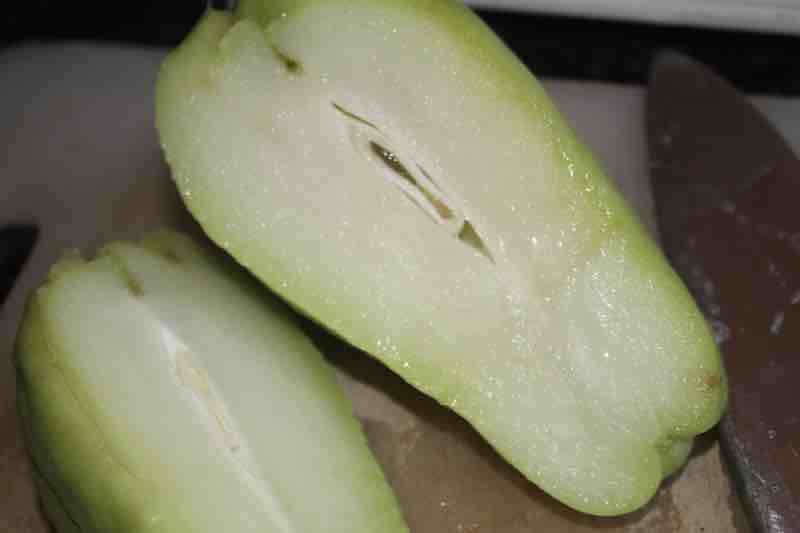
Coming from Central America the susu is known as “Chayote.” It can be enjoyed raw in a salad when reaped young, often marinaded with lime juice or Balsamic vinegar overnight.
You could fry it in olive oil, steam it and use it as a wonderful filler for any stew. We have enjoyed one almost every day for the last 6 weeks, and there are still more than 20 on each plant.
Chaote is relatively high in protein
According to Wikipedia it is a great source of protein and vitamin C[1]; absolutely essential daily for many enzyme reactions in the body. If granny is deficient, frailty will set in long before its time[2].
Younger people will get colds and flu; and everyone experience many aches and pains. They will feel constantly tired. If the shortage is dire then it will be scurvy, the disease that killed so many sailors.
How to plant chaote squash
Plant the gourd once it begins to sprout, 3/4 in the ground with a quarter above. Allow it to climb up a small adjacent tree; near a Eucalypt you will never be able to reap them. Autumn is when to do it; by this time next year you will have at least a 50x yield for your trouble, a season of mellow fruitfulness.
They can generally be found at Farmers’ markets for under R10; ask for an old one that is sprouting to plant.
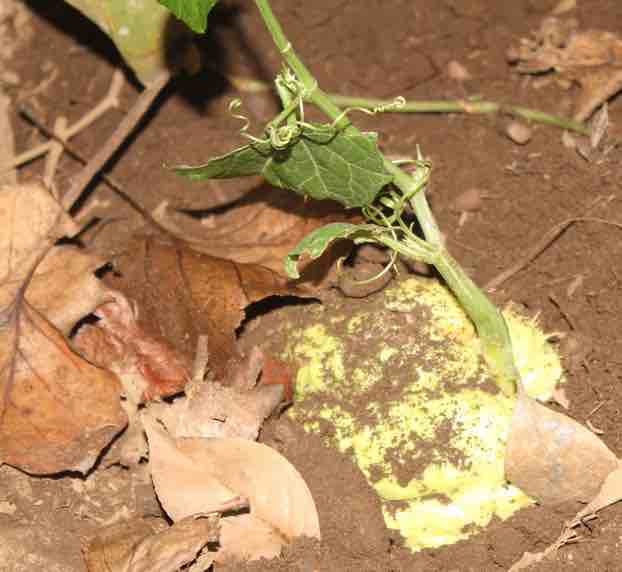
It’s a rather ugly plant sprawling over other small trees like a Camellia. The house-proud might have difficulties but for those who are struggling to feed the family, this is truly a miracle food; and so easy to grow.
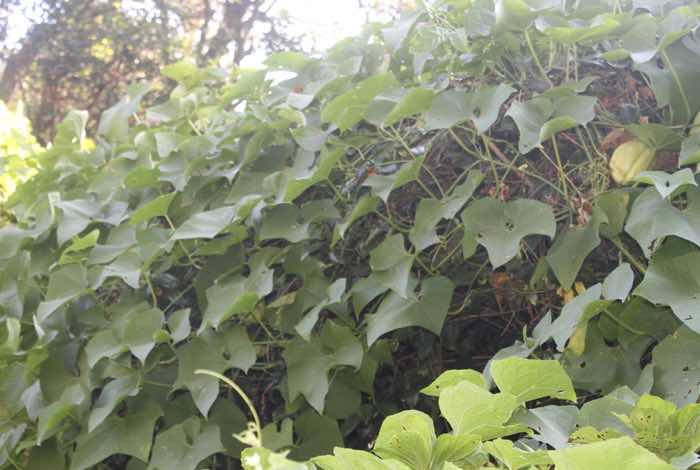
Notice that some are smooth-skinned and others very prickly. Nutritionally I suspect they are similar but perhaps best to have one of each growing in your green garden; then you are assured of a good meal for nearly six months of the year.
It does demand some imaginative cooking though.
Spice up your chaote squash
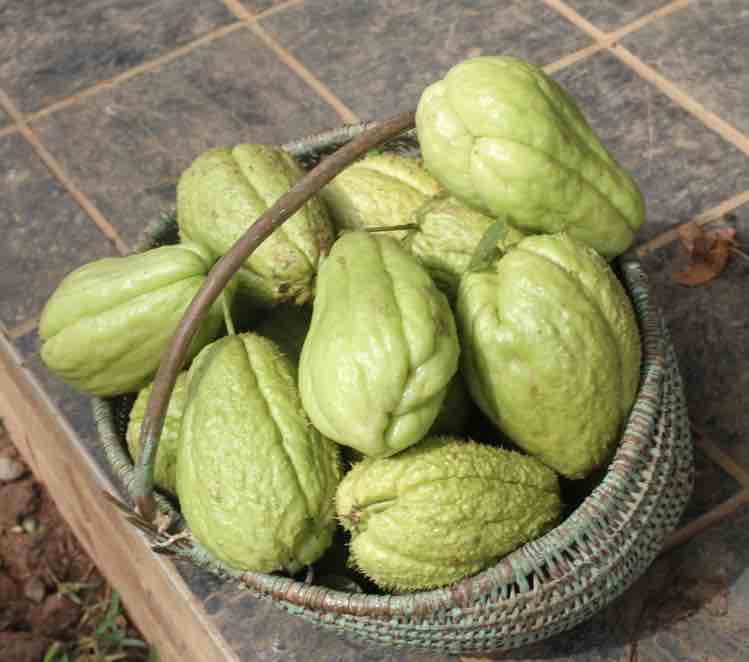
Susu has a very mild flavour and frankly needs to be dickied up with onions, garlic and peppers; and your favourite herbs and spices. Slice into the craters that run along the length of the fruit with a heavy knife and peel away the skin; and any hard bits when it is older. The seed is good.
I have written before that I personally have a hiatus hernia and have to be careful with what I eat for supper. One of the great surprises is what a soothing action the susu has on my stomach; rarely is there any heartburn after I go to bed. Treat that as an anecdote but it's worth a thought if you are often reaching for antacids.
Wikipedia reports that it has diuretic, cardiovascular and anti-inflammatory properties too; not unimportant.
Hunger and stunting of children
Ten million South African children go to bed hungry every night; it’s an indictment on every level of society that we care so little and do almost nothing. Half a dozen susus planted every autumn would achieve a great deal to alleviate the stunting that affects nearly a third of our offspring.
Add to that a couple rows of green beans in summer and favas in winter; mealies, carrots and spinach. The problem of hunger is three-quarters solved; legumes, starches and dark green leafy vegetables too.
Eggs Hilton with added susu
We often have susu now in Eggs Hilton[3] when the fruit is in season. On a slice of our homemade sourdough bread every day, I reckon at a push one could survive; hungry certainly but not stunted. Everything shown bar a sliver of onion was grown in our green garden.
There is protein from the egg, beans and chaote squash; starch in the bread and the dark-green leafy vegetables that should be fundamental to every diet. It's astonishingly tasty.
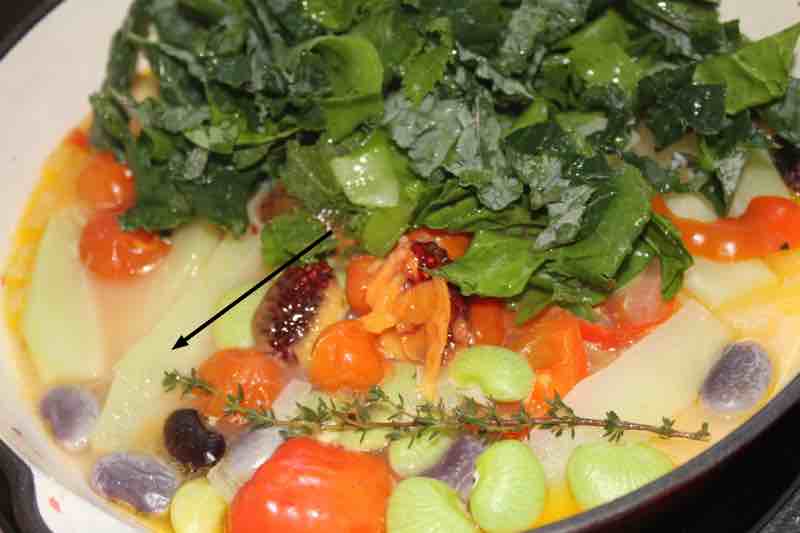
It really is possible to grow more than half your food in an average garden; the trend amongst greenies is to turn your lawn into a veggie patch. And if you can get the wheat directly from the farmer then you can bake a loaf of the most nutritious bread in South Africa for only R6; it contains all the wheatgerm and bran.
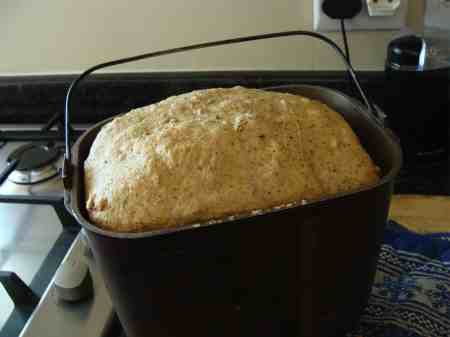
Use what's in season
We try to use what's in season and food that is available from our green garden, even if it is not called for in recipes. For example, sweet-potatoes have been hit this year by a nasty weevil so we have substituted them with chaote squash in our butternut soups; it tastes great and is just as nutritious.
Chaote squash makes a wonderful filler for this Holy Grail soup.
Since chaote squash has a very mild flavour, some people call it tasteless, we often use herbs such as the thyme seen above
Another very easy herb, lemongrass has the wonderful flavour of Thai-cooking; it will enhance any chaote squash dish.
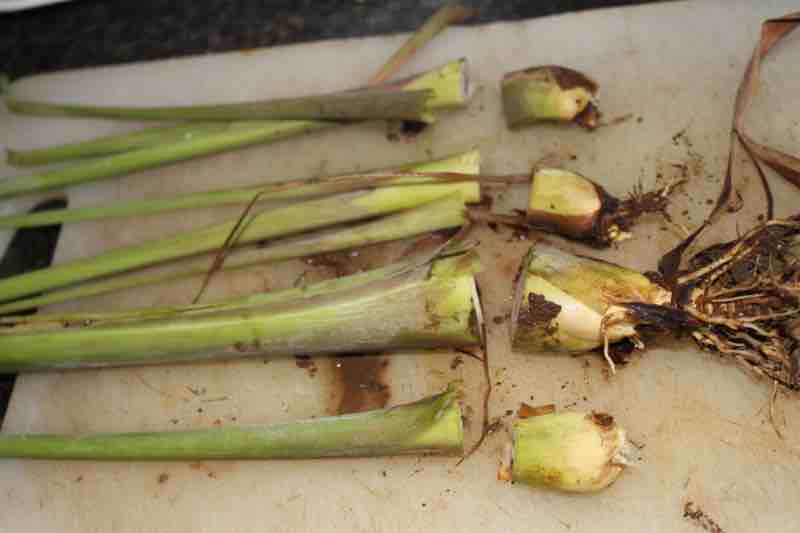
Then extend the season even longer by fermenting your chaote squash; we call it sauer-susu. It's a wonderful probiotic.
Heartburn
It came as a great surprise when I found that chaote squash for supper would entirely negate the heartburn that I experienced from a hiatus hernia. I was anxious about PPIs because of the threat of kidney disease and early dementia, and in any case they didn't help much; but our beloved susus have sorted out my problem.
That's purely an anecdote and of no scientific value; nevertheless I wish that some researchers would test my belief that there is some phytonutrient in chaote squash that soothes the unhappy tum.
"Using proton pump inhibitors (PPIs) for an ulcer or GERD for a long time can raise your chances of chronic kidney disease."
- WebMD
Gastro Esophageal Reflux Disease is at the centre of heartburn; stomach contents are regurgitated due to a weak valve when lying down. New research does in part explain this; our sleeping patterns contribute to the problem but not entirely logically.
Those who sleep more than 9 hours per day, or less than 6 are more prone to GERD and the oft ensuing Barrett's oesophagus; and those who nap.
There has been a 10-fold increase in oesophageal cancer in the last 50 years[4]; our sleeping patterns are part of the cause. Those who sleep more than 9 hours per day, or catnap have nearly double the risk.
But those sleeping less than 6 hours are also at risk so clearly oesophageal reflux from prolonged sleeping is not the only cause.
Daytime napping is not defined but other research[5] indicates that a zizz more than one hour increases the all-cause mortality but not for those who sleep less than 60 minutes.
The role that chaote squash plays in oesophageal cancer is purely speculative. I am assuming that and may be quite wrong, that because it soothes heartburn and reflux that it may have a role to play.
Chaote squash
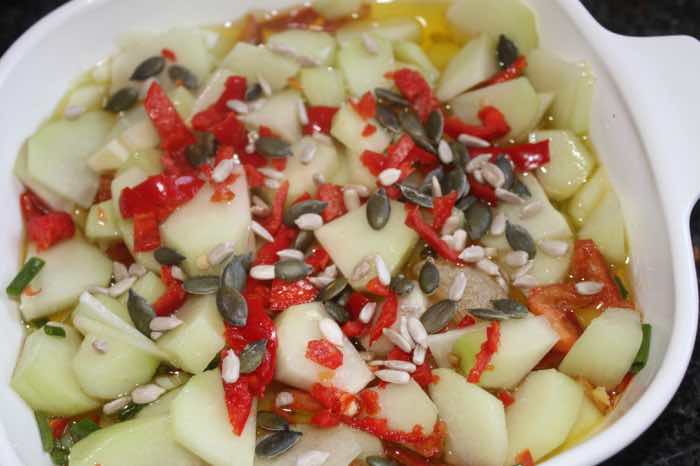
Chaote squash can be enjoyed marinated in a salad or cooked in a stew.
Stunting story and chaote squash
More than a quarter of 5-year old children in South Africa are permanently stunted, mentally and/or physically. No matter how well they are fed later in life, the damage cannot be undone. Chaote squash is part of our solution; it's relatively high in protein and very easy to grow.
- The stunting story has three elements
- Stunting story and severe food insecurity
- Stunting story weighs hunger versus malnutrition
- Stunting story recommends local mills for freshly-ground grains
- Stunting story suggests scenarios to restore harmony and balance
- Stunting story ponders what government could do
When browsing use right click and "Open Link in New Tab" or you may get a bad gateway signal.
Newsletter
Our newsletter is entitled "create a cyan zone" at your home, preserving both yourself and Mother Earth for future generations; and the family too, of course. We promise not to spam you with daily emails promoting various products. You may get an occasional nudge to buy one of my books.
Here are the back issues.
- Lifestyle and ideal body weight
- What are ultra-processed foods?
- Investing in long-term health
- Diseases from plastic exposure
- Intensive lifestyle management for obesity has limited value
- A world largely devoid of Parkinson's Disease
- The impact of friendly bacteria in the tum on the prevention of cancer
- There's a hole in the bucket
- Everyone is talking about weight loss drugs
- Pull the sweet tooth
- If you suffer from heartburn plant a susu
- Refined maize meal and stunting
- Should agriculture and industry get priority for water and electricity?
- Nature is calling
- Mill your own flour
- Bake your own sourdough bread
- Microplastics from our water
- Alternative types of water storage
- Wear your clothes out
- Comfort foods
- Create a bee-friendly environment
- Go to bed slightly hungry
- Keep bees
- Blue zone folk are religious
- Reduce plastic waste
- Family is important
- What can go in compost?
- Grow broad beans for longevity
- Harvest and store sunshine
- Blue zone exercise
- Harvest and store your rainwater
- Create a cyan zone at your home
Did you find this page interesting? How about forwarding it to a friendly book or food junkie? Better still, a social media tick would help.
- Bernard Preston homepage
- Yellows
- Chaote Squash
Address:
56 Groenekloof Rd,
Hilton, KZN
South Africa
Website:
https://www.bernard-preston.com